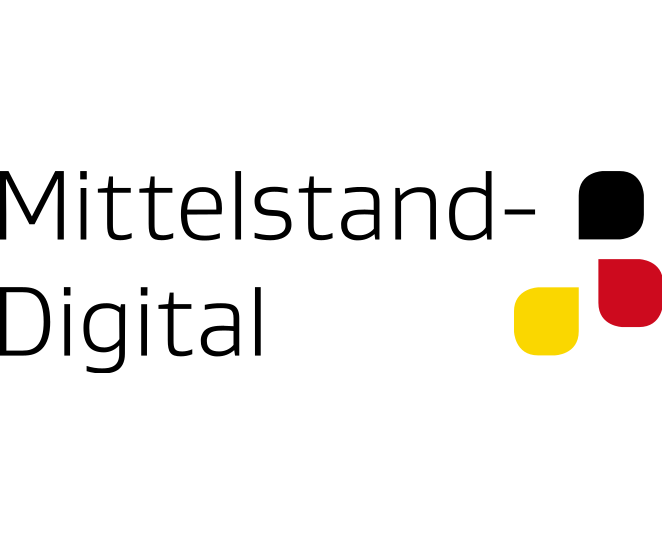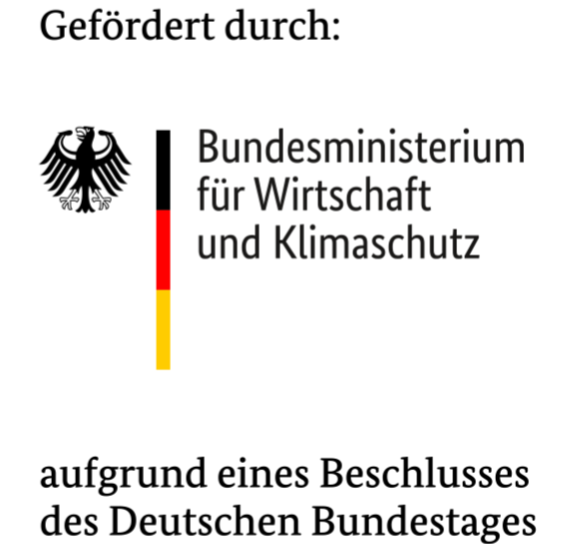At Hub Innovazione Trentino – HIT we support companies in adopting technologies and new innovations stemming from our university and top-level technology research centres located in Trentino (Italy). Beyond dealing with patents and hard tech, we help companies from Trentino region (often SME – Small and Medium Enterprises) innovating products and processes with researchers and innovation professionals. Overall, we seek to nurture the regional innovation ecosystem, strengthen its value chains, and support a growing industry of innovation services. We know how hard it is for SMEs to find the time, the budget and the right partner with whom innovating existing products and services. To break those barriers, in 2017 at HIT we started utilizing innovation contests to support SMEs innovating products and services.
Innovation contests are initiatives that make available prizes or other incentives to innovators (a.k.a. “solvers”) that compete to create and provide the best solution to an innovation problem, normally casted by a company (a.k.a. “seeker”). At HIT’s contests, companies participate to the contests bringing product development problems, which are solved by university students and young talents, mentored by researchers and experts of a given industry or technology. By taking part to an innovation contests companies sourcing tangible solutions to industrial and product development problems, in an open innovation setting. Also, they become more aware of the benefits of state-of-the-art technologies or innovation methodologies.
The first innovation contest we launched was the UX Challenge. The UX Challenge is a 2-day Design Sprint hackathon during which digital companies can innovate the user experience of mobile apps, webapps, software, and other products or services entailing a digital interface.
At the UX Challenge, selected companies bring one digital product, service or device which is bound to be innovated during the two days. Solvers are interaction design young talents (both university students and post-graduates) forming teams, and working 2 days with the support of UX design professionals (mentors). One challenge (a specific design problem over selected products) is assigned to every team. Normally, during the two days about fifty solvers organized in teams design UX solutions to five to ten selected products. Outputs of the challenge are newly designed interface mockups, wireframes and interactive prototypes by means of using state-of-the-art software and solutions such as Sketch, Adobe UX, InVision, Figma. IPR (Intellectual Property Rights) of outputs are entirely exploitable by companies.
The UX Challenge applies also to products that still have to be launched into the market, as well as to product and service concepts. The methodology employed by the solvers to deliver the expected outputs is the Design Sprint. The Design Sprint is a 5-step-based process developed by Google Ventures to help teams design and deliver validated solutions to product development challenges in just a few days (normally either five or three), normally with the help of a facilitator.
The core phase of the 2-day UX Challenge is the testing phase, which at HIT we take very seriously. One month before the execution of the Challenge, we reach out to our 1700+ user database to select up to fourty citizens acting as testers during the Challenge. Each team carries out sound usability tests and user-research interviews with four users. Though tests are prepared in basically no time, they are a goldmine of UX feedbacks and design insight. Also, video recordings from tests proved to impact a lot on companies’ opinion about their product. Indeed, some companies normally ask to take part to the tests as observers to see with their eyes what the current UX is with their product or services.
Benefits for companies taking part to the UX Challenge are many: they get in touch with young UX design talents (the solvers); they network with UX design agencies and freelance designers (the mentors); they get to know how designers work, though without making a real upfront investment; they gain real-life evidence of the benefits of user-centered design methodologies, and the effectiveness of design thinking. According to impact evaluation data collected by HIT after three editions of the UX Challenge, 40% of the companies have followed up on the results of the Challenge: further iterating on the solutions sourced at the UX Challenge, and ultimately bringing them to the market.
Benefits for the organizer are many, as well. The UX Challenge allows to deliver tangible outputs and foster innovation in a significant number of companies at the same time; this is done with a relatively small budget, and by means of leveraging on young talents that seeks professional growth and career development opportunities; also, organizations organizing the UX Challenge become recognized as open innovation facilitators at a regional level; they enlarge their network in a specific industry, technology, or innovation domain (e.g. user-centered design in the digital industry).
The UX Challenge has been recognized by the European Commission as an initiative capable of accelerating the adoption of user-centered design in SMEs. Thanks to a EU funding, early in 2021 the UX Challenge will take place in other six European countries beyond Italy (Germany, Denmark, Finland, Estonia, Lithuania and Spain), with the aim of evaluating its impact on two-hundred participating companies.
In case you, as a beneficiary company or ad an organizer, would like to run a UX Challenge, here are a few practical tips to keep in mind:
- Communicate appropriately: the UX Challenge is something that you are selling to companies, students, professionals. and users. They are all smart and busy people who do not want to waste their time. You will have to convince them coming (and staying) at an unknown event for two days on a working week. Make sure you have good marketing and communication people doing this because you’ll have at least four audiences who might have never took part to such kind of initiative.
- Select carefully: you might need to have open calls and selection processes in place to select companies and solvers (you definitely want to have control who will show up at the Challenge to do the job). The same goes for testers, which will have to be selected after the companies and products. Our suggestion is to launch the three calls in that order, starting no less than 4 months before the event.
- Prepare scrupulously: two days is basically an impossible schedule to complete a Design Sprint. If you want to deliver credible outputs you’ll have to do some work upfront. This involves three quite demanding tasks: i) interact with the selected companies to create a detailed challenge brief starting from what was presented in the application form; ii) create balanced and performing teams, and match them with challenges and mentors; iii) host a training session for the solvers and a shorter brief meeting with the mentors a couple of weeks before the Challenge, in a way that everybody knows what to do during the two days.
- Launch soundly: day one starts with what an initial meeting between companies, solvers and mentors to focus on the challenge brief (Map the problem). This meeting is crucial as after that the company will likely leave the building and the teams will start working on their challenge. Failing this meeting means to fail the Challenge. Mentors will have a crucial role in handling this meeting: making the right questions, and making sure solvers have understood the challenge brief and what kind of output they are supposed to deliver.
- Support and empower. Scoping the problem is not enough. Once the company leave, mentors will have to support solvers go through the next four phases of the Sprint. Although at HIT we provide solvers with training upfront the event, very often the submitted challenges somewhat requires tweaking or angling a bit the Sprint. For instance, in some cases teams start with a heuristic usability evaluation of the as-is version of the product: in case it’s already in the market and it needs to be redesigned in some parts, this helps understanding better the product, its pains, and the involved constrains.
- Schedule precisely: make sure you prepare and share in advance with all participants a detailed schedule of the two days. All Sprint phases need to be scheduled within the two days: ideation cannot last more than a couple of hours on early afternoon of day one; the prototyping phase can endure the rest of the afternoon as well as the evening; tests starts early in the morning of day two; the afternoon is used to wrap up the results and present them to the companies.
- Amplify the results: make sure that the delivered outputs (prototypes, user insights, etc.) are presented to a larger public. At the UX Challenge we have a final event open to the public hosting almost 150 people. Teams have only 3 minutes to pitch their solutions, and the same goes for companies with their challenges, prior to that. We also host keynote speeches to show best practices of UX design projects, clarify its benefits, and therefore put in perspective the results and the whole initiative. We end by awarding the winning team and having a networking buffet.
LIKED THIS ARTICLE? THEN LET’S STAY IN TOUCH:
- Visit the UX Challenge webpages: www.trentinoinnovation.eu/ux-challenge-2
- Hub Innovazione Trentino (HIT) is coordinating a European project that will replicate of the UX Challenge in 6 other countries for validating its impacts on SMEs. Stay tuned to #200SMEchallenge if you want to know more about this! (www.200SMEchallenge.eu)
- We organize other innovation Challenges to support research-industry collaboration and the adoption of new technologies. Along with European partners we have created a Canvas that you can use to design innovation contests and other open innovation initiatives (www.innochallenge-project.eu).
Copyright © 2020 Nicola Doppio, Hub Innovazione Trentino
12.02.21

